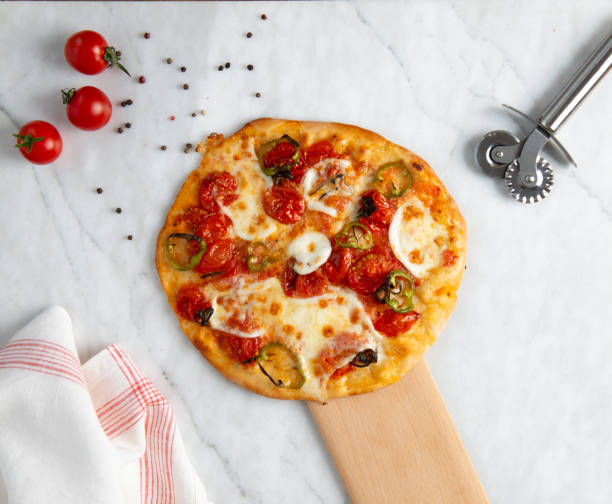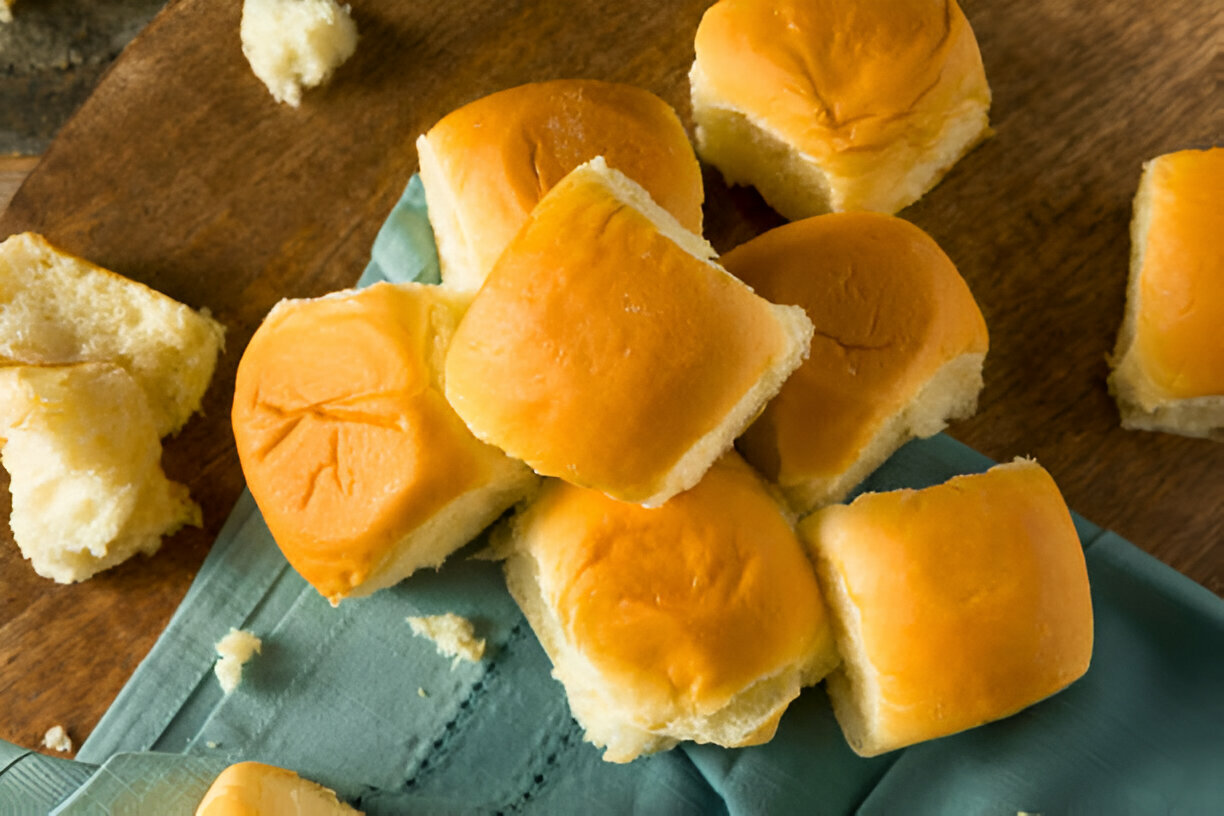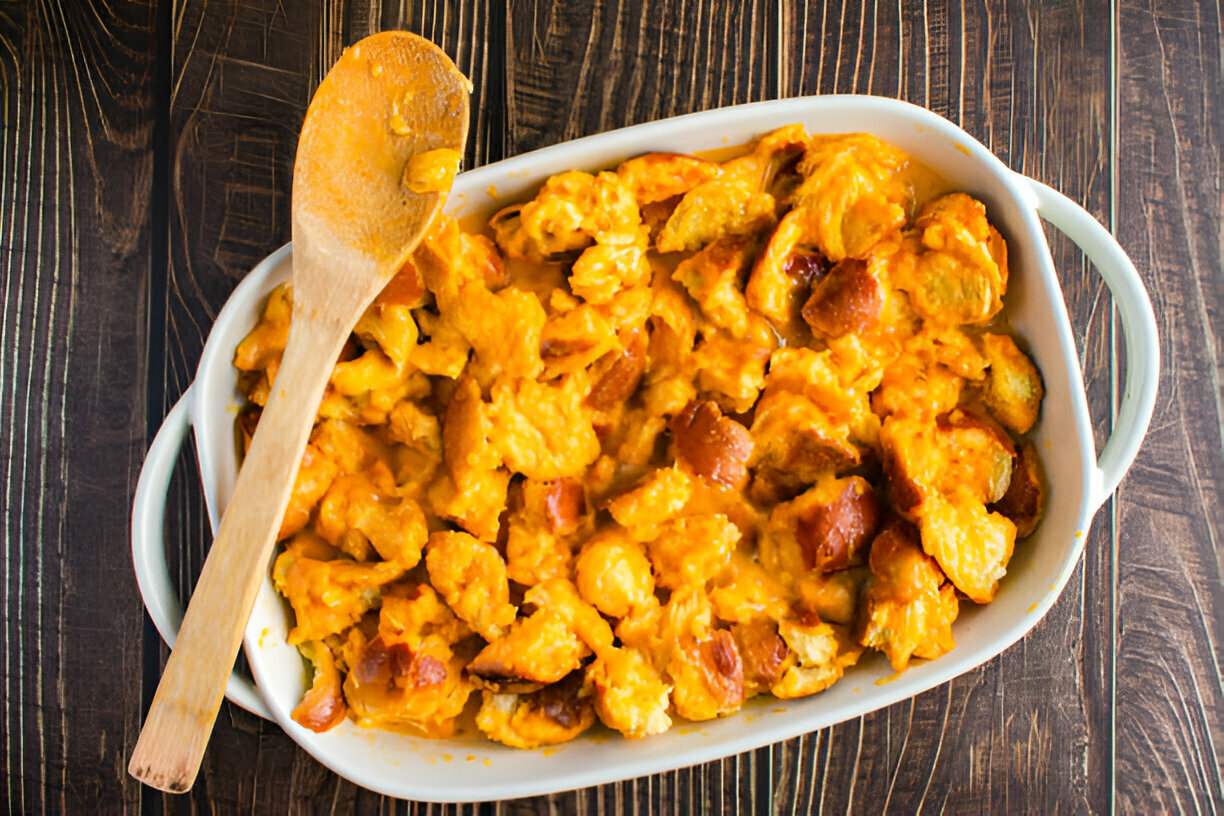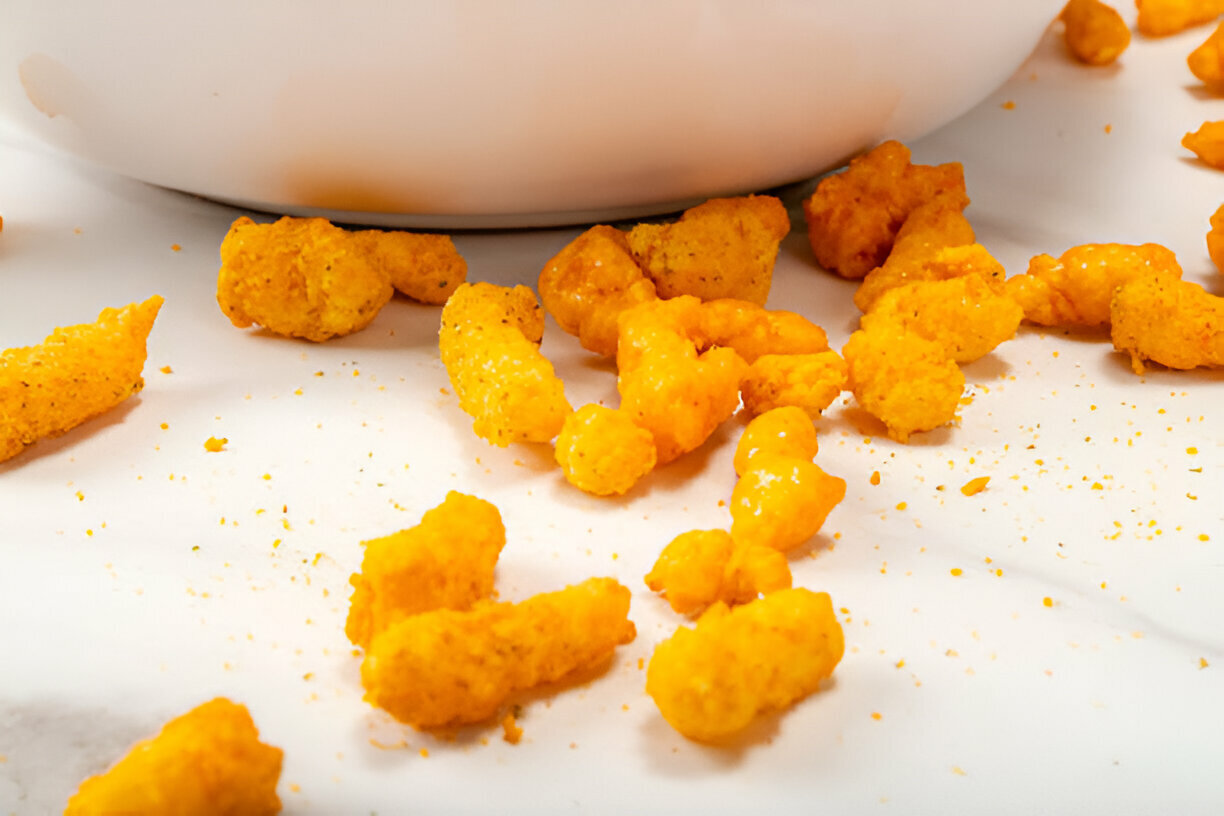People have been baking sоurdough for ages and lately its everywhere , people love the tangy taste and the fun of feeding their stаrter but soon you end up with more starter than you need . You might toss that extra stuff away , but wait — you can actually usе that disсard to make awesome home made pizzа dough that’s chewy and full of flavor .

What is Sourdough Discard ?
Sourdough discard is the part of your starter you remove when you feed it . You add fresh flour and water to keep the starter healthy , but if you don’t throw some away , the bowl would get too full . Lots of bakers see that extra as waste , but it can be a great ingredient in recipes .
Using sourdough discard helps cut down on food waste and is more eco friendly . Plus it gives a special tangy taste that you can’t get from normal dough , making your baked goods more interesting .
It’s also good for you , because discard still has those live cultures and wild yeast from your starter . They can help your gut health when you eat them , so your pancakes or pizza might even be a bit nutricious .
People use discard for pancakes , waffles , quick breads , crackers , and even pizza dough . The options are endless , so that throwaway starter becomes a baker’s secret weapon .
Why Make Pizza Dough with Sourdough Discard ?
When you mix discard into your pizzа dough , you get a crust that’s tangy and chewy , way more fun than plain dough . The fermentation adds complex flavor that goes great with all your toppings .
It’s also a smart way to bake greener . Instead of tossing starter down the drain , you use every bit of it , which feels good and helps the planet .
Lots of home bakers say the texture is better too , with a nice bite and a slight tang that makes each slice memorable . You can play around with toppings and sauces to make your own pizza creation .

Ingredients for Sourdough Discard Pizza Dough
You will need :
- 1 cup sourdough discard
- 2 cups all-purpose flour (or bread flour)
- 1 teaspoon salt
- ½ teaspoon sugar
- 1 teaspoon active dry yeast (optional)
- ¾ cup warm water
Optional :
- Olive oil for richer taste
- Herbs like oregano or basil to add aroma
Directions for Making Sourdough Discard Pizza Dough
- In a big bowl , mix discard , warm water , yeast and sugar until it’s all combined .
- Add flour and salt gradually , stirring until you get a rough dough .
- Flour your counter lightly and knead the dough for about 10 minutes until smooth and elastic .
- Put dough in a greased bowl , cover with a damp cloth , and let it rise in a warm spot until it doubles in size (1–2 hours) .
- Punch the dough down , then shape it into your pizza base .
- For extra crispiness , you can bake the crust at 450°F (232°C) for 5–7 minutes before adding toppings .
Tips for Perfecting Your Sourdough Pizza Dough
- Watch the dough’s wetness : add flour or water bit by bit while kneading .
- Rise time changes with room temp ; if it’s warm it’ll go faster .
- Store extra dough in the fridge for up to a week or freeze it .
- The dough is ready when it’s doubled and springs back a bit when poked .
- Try different flours like whole wheat for new textures .
Creating Tasty Toppings and Combinations
Your dough is a blank canvas for toppings . Mix and match to your taste :
Classic Topping Suggestions :
- Margherita : fresh tоmatoes , mozzarella , basil
- Pepperoni : pepperoni slices and cheese
- Vegetarian : mixed veggies , pesto , cheese
Unique Topping Ideas :
- BBQ Chicken : shredded chicken , BBQ sauce , red onions
- Spinach and Feta : fresh spinach , tangy feta
- Mediterranean : olives , artichokes , feta cheese
Cooking Your Pizza: Oven Techniques
- Preheat oven to 475°F–500°F (246°C–260°C) for the best crust .
- Use a pizza stone if you have one ; heat it well before baking .
- Pizza is done when crust is golden and cheese is bubbling .
- Try grilling pizza outside or using a pizza oven for smokey flavor .
FAQs
- Can you use cold discard? Yes but room temp works better for rise .
- How much discard do I need? 1 cup per batch of dough .
- Is yeast required? No , the discard’s wild yeast can leaven it itself .
- Can I store leftover dough? Yes , fridge for days or freeze it .
- Fresh starter vs discard? Fresh is more active ; discard has milder taste .
Conclusion
Making pizzа dough with sourdough discard cuts waste and gives you a tasty , chewy crust that’s full of flavor . You’ll have fun trying different toppings and techniques and enjoy delicious homemade pizza every time .
Additional Resources
- Learn more about creating and maintaining a sourdough starter
- Discover the recommended baking tools for your pizza-making journey
- Explore additional readings on sourdough baking and techniques

sourdough discard pizza dough
Equipment
- 1 mixing bowl
- 1 wooden spoon or spatula
- 1 plastic wrap
- 1 baking sheet or pizza stone
- 1 rolling pin (optional)
- 1 oven
Ingredients
- 1 cup sourdough starter
- 1 cup warm water
- 2 cups all-purpose flour
- 1 teaspoon salt
- 1 tablespoon olive oil
- as needed additional flour for dusting
Instructions
- In a mixing bowl, combine the sourdough starter and warm water. Stir until well mixed.
- Add the flour and salt to the mixture. Stir until it forms a shaggy dough.
- Drizzle in the olive oil and mix until incorporated. The dough will be slightly sticky.
- Transfer the dough onto a floured surface. Knead it for about 5 minutes, adding flour as necessary until the dough is smooth and elastic.
- Shape the dough into a ball and place it in a lightly oiled bowl. Cover it with plastic wrap and let it rest for 1 hour at room temperature.
- Preheat your oven to 475°F (245°C) while the dough is resting.
- After resting, punch down the dough and transfer it back to a floured surface. Divide the dough into two equal portions for two pizzas or leave it whole for one large pizza.
- Roll out the dough to your desired thickness, using a rolling pin or your hands.
- Transfer the dough to a baking sheet or preheated pizza stone.
- Top it with your favorite sauce, cheese, and toppings.
- Bake in the preheated oven for 12-15 minutes or until the crust is golden brown and the cheese is bubbly.
- Remove from the oven, slice, and enjoy!




